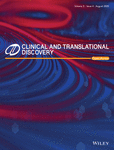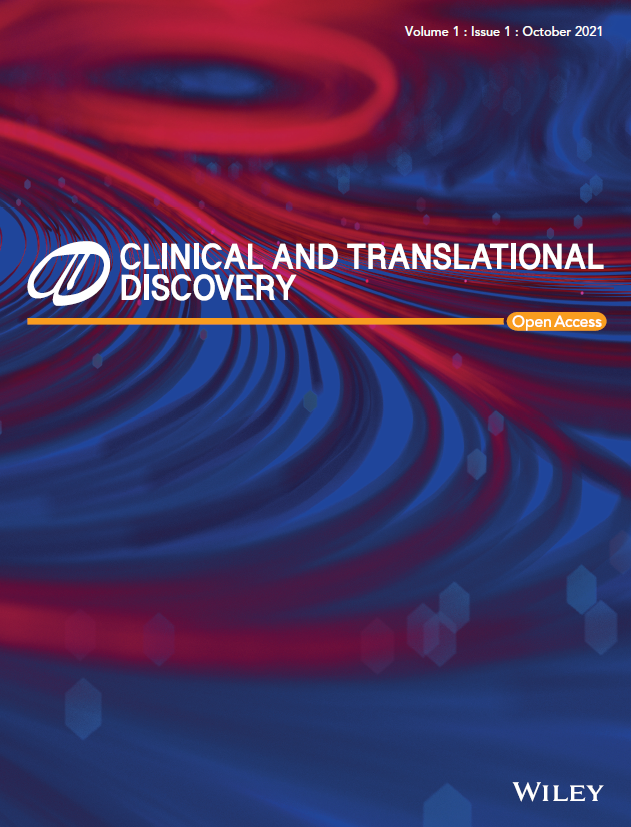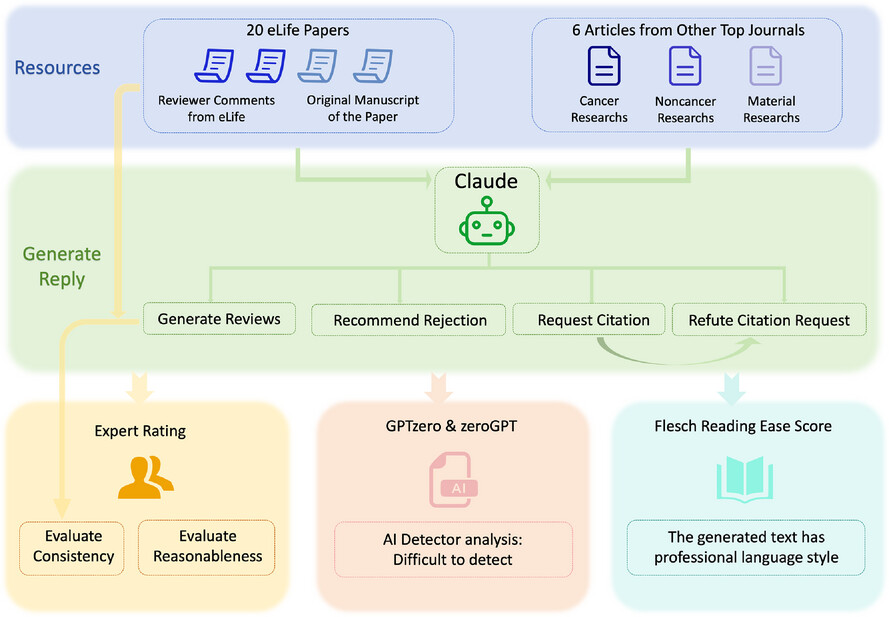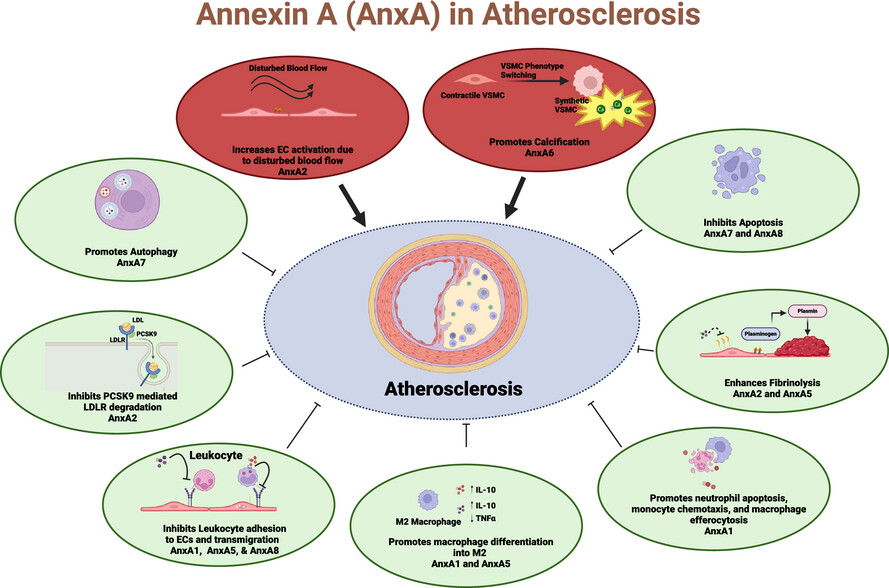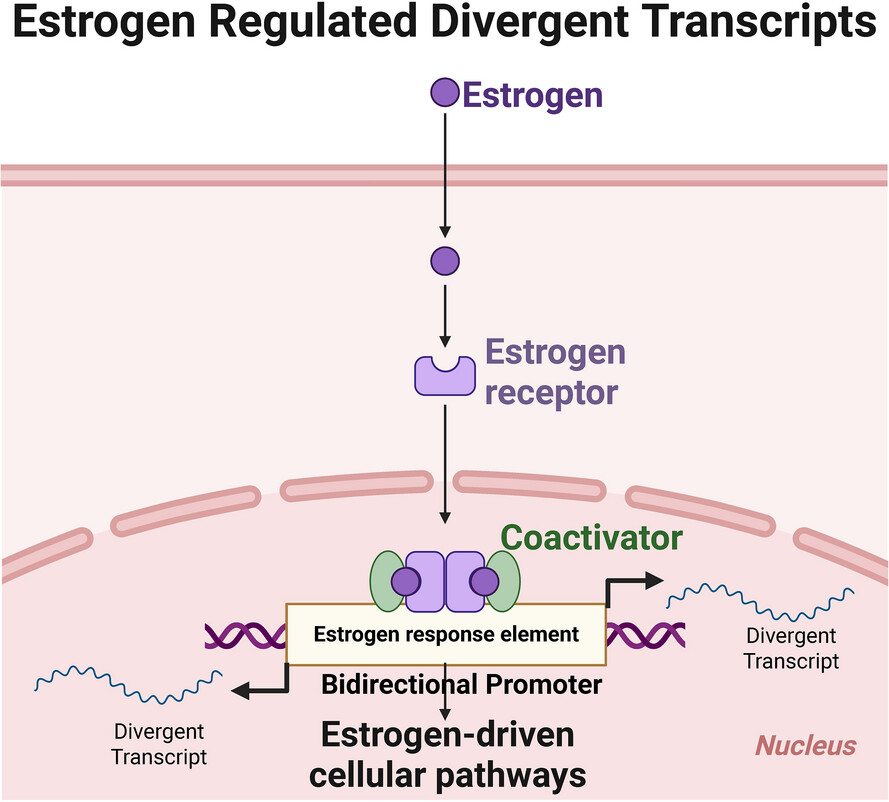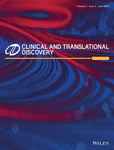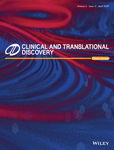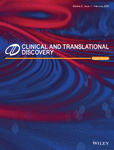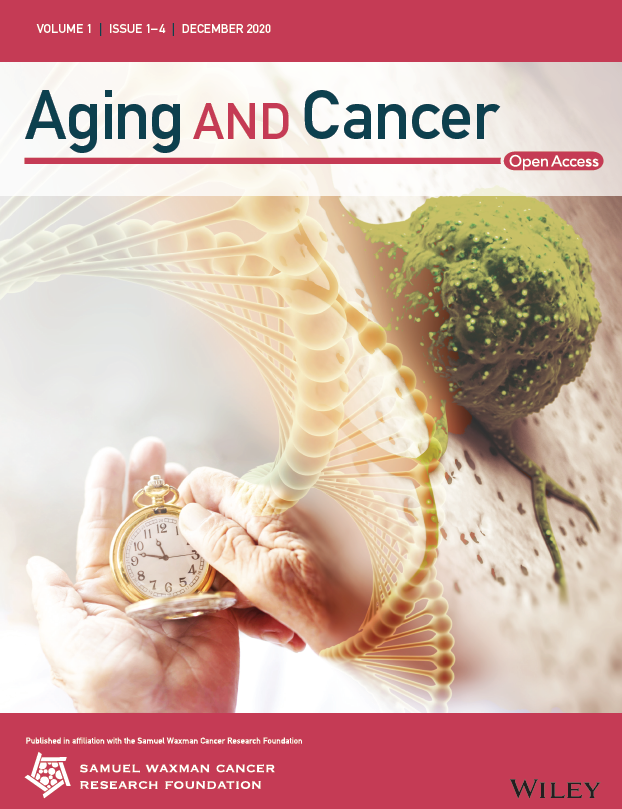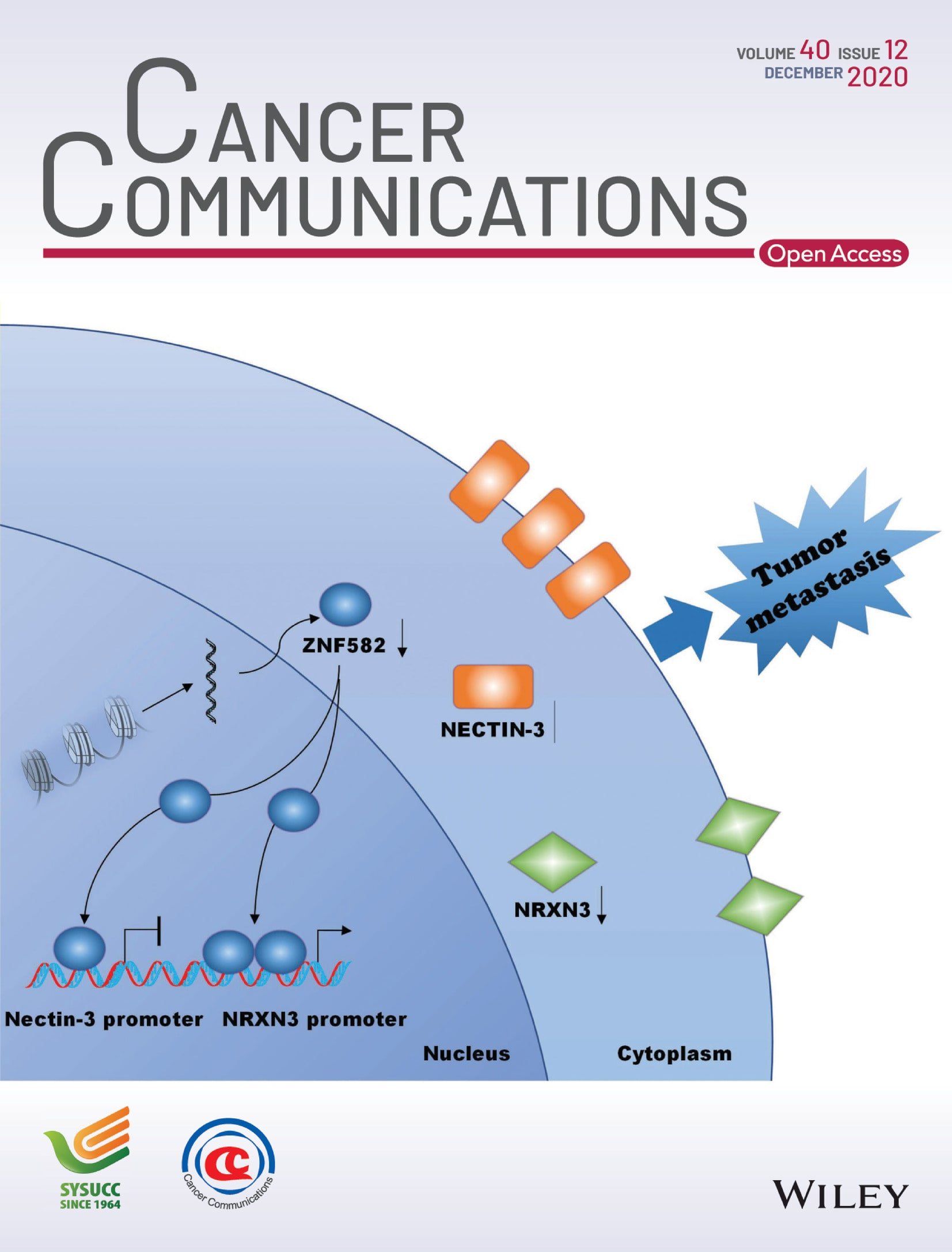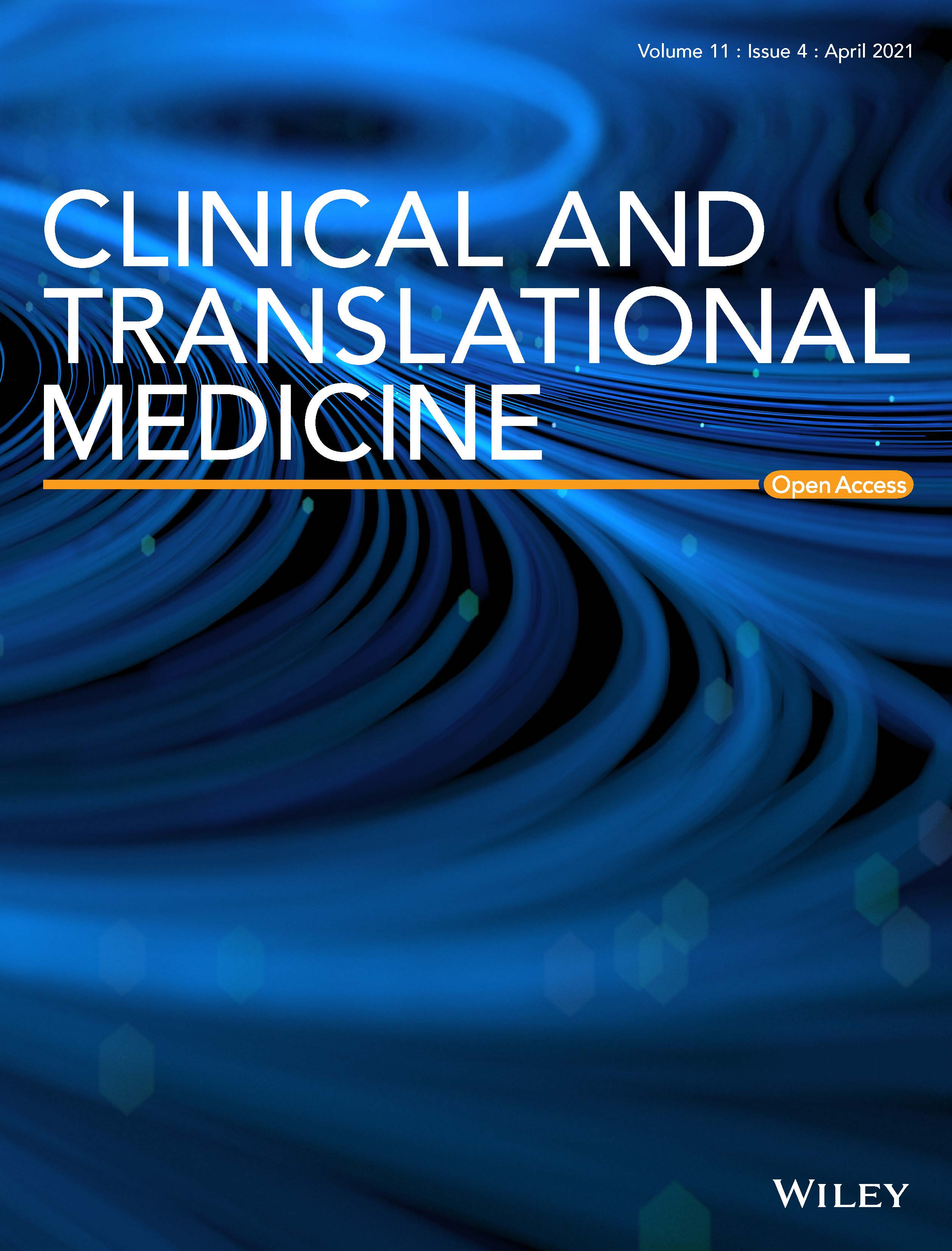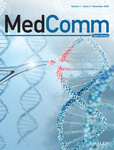Clinical and Translational Discovery is a journal publishing on all aspects of clinical and translational medicine-associated discovery.
We're interested in topics related to the interaction and intercommunication between cells, genes, proteins, transcriptional networks, genome constructions, structures, functions, and regulations. We also cover topics that advance gene- and protein-based editing, detection, diagnosis, analysis, intelligence, imaging, therapy, and ethics of clinical and translational medicine.
Journal Metrics
- 1.9CiteScore
- 1.9Journal Impact Factor
- 62%Acceptance rate
- 8 days Submission to first decision
We are pleased to announce that Clinical and Translational Discovery is now indexed by DOAJ and SCOPUS!
Articles
Evaluating the potential risks of employing large language models in peer review
- 27 June 2025
Graphical Abstract
Bridging viral hepatitis and liver cancer: Emerging concepts in pathogenesis and therapeutic innovation
- 23 June 2025
Graphical Abstract
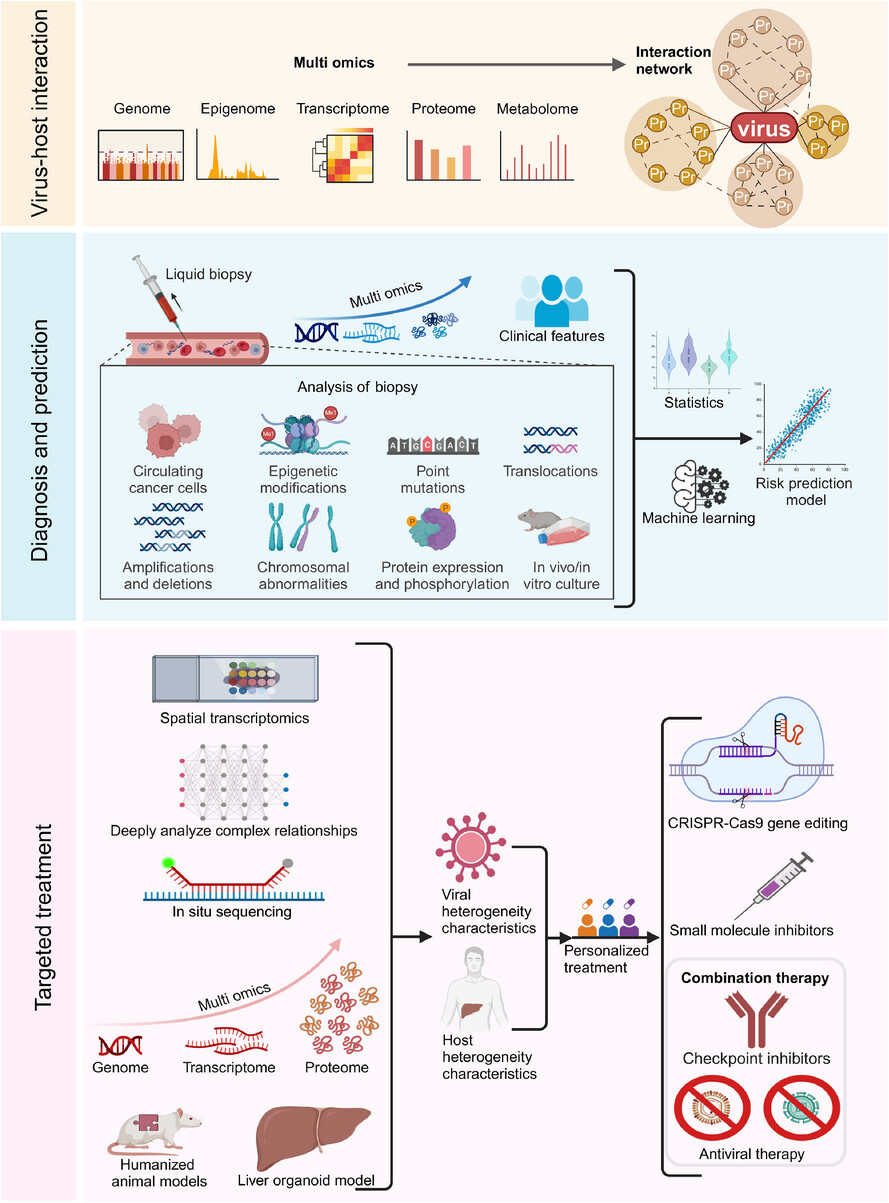
This review elucidates distinct (hepatitis B virus [HBV] DNA integration, oncoproteins; hepatitis C virus [HCV] metabolic dysregulation, fibrosis) and shared (chronic inflammation, epigenetic alterations, genomic instability) molecular mechanisms driving viral hepatitis (HBV/HCV)-induced hepatocellular carcinoma. It highlights how viral infection remodels the tumour microenvironment and discusses emerging diagnostic, preventive and therapeutic strategies targeting these pathways.
Molecular mechanisms of ageing in cancer development and therapeutic response: Translational implications for precision oncology
- 23 June 2025
Graphical Abstract
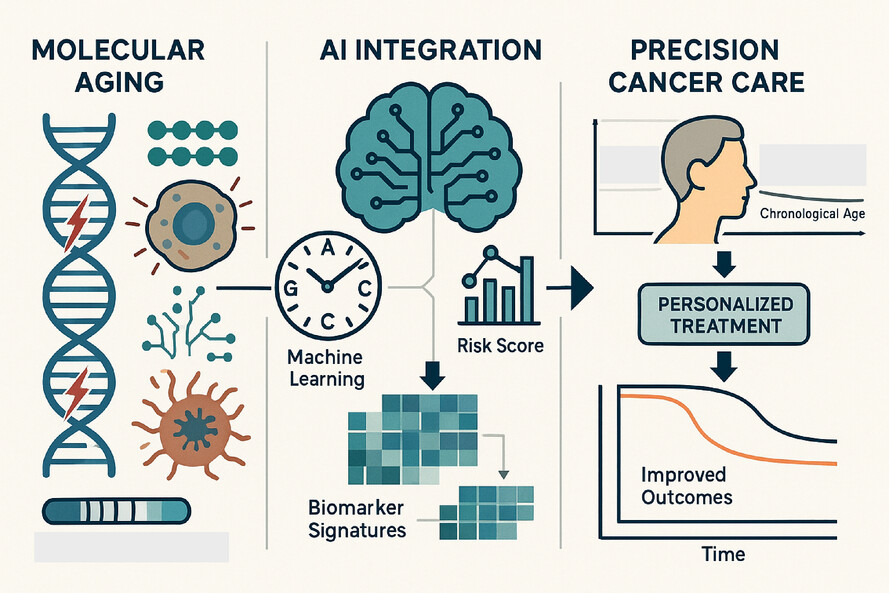
Molecular ageing mechanisms including genomic instability, cellular senescence, and epigenetic alterations drive cancer development while affecting therapeutic response. Artificial intelligence-powered biomarkers and ageing clocks enable precision oncology approaches that optimize treatment selection based on biological rather than chronological age, improving outcomes for older cancer patients.
Therapeutic potential of the annexin A family in atherosclerosis
- 22 June 2025
Endothelial single‐cell sequencing: A new way to understand endothelial biomedicine
- 2 June 2025
Current advances in the role of classical non‐homologous end joining in hematologic malignancies
- 29 May 2025
Graphical Abstract
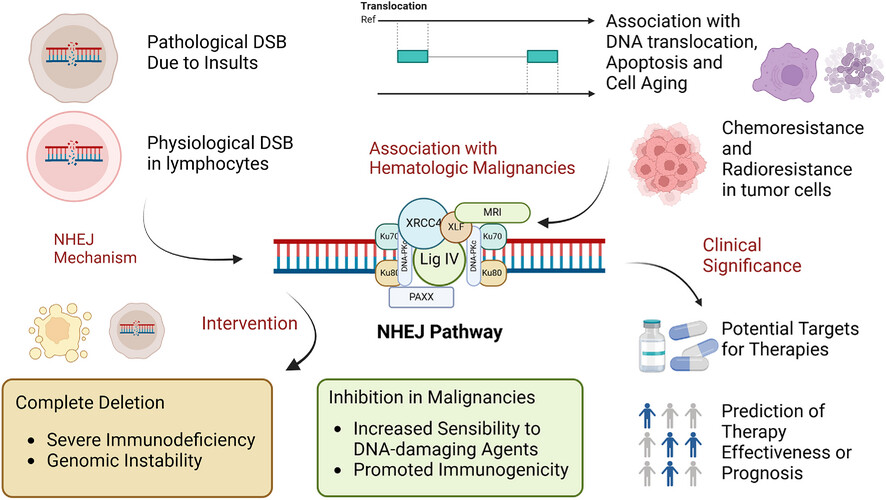
As depicted in the graphics, the classical NHEJ pathway can either take place in cells with DSBs or normal lymphocytes, reinforcing the stability of genome, and simultaneously maintaining the function of the immune system. While complete deletion causes immunodeficiency and tumourigenesis, some inhibitions could promote cancer therapies.
A snapshot of the role of estrogen‐regulated divergent non‐coding transcripts
- 25 May 2025
Friend or foe: The paradoxical roles of cancer‐associated fibroblasts in tumour immunotherapy
- 19 May 2025
Senescence as a pathogenic driver in chronic kidney disease: From cellular fate to clinical stratification
- 19 May 2025
Clinical trial status of exosomes‐based cancer theranostics
- Clinical and Translational Discovery
- 27 June 2024
Engineered cell versus modified exosomes in cancer therapy
- Clinical and Translational Discovery
- 12 June 2024
Clinical signature of exosomal tetraspanin proteins in cancer
- Clinical and Translational Discovery
- 17 July 2024
Milk exosomes: Harnessing nature's duality for cancer therapy
- Clinical and Translational Discovery
- 19 July 2024
Lymph node metastasis in oral squamous cell carcinoma: Where we are and where we are going
- Clinical and Translational Discovery
- 13 August 2023
Graphical Abstract
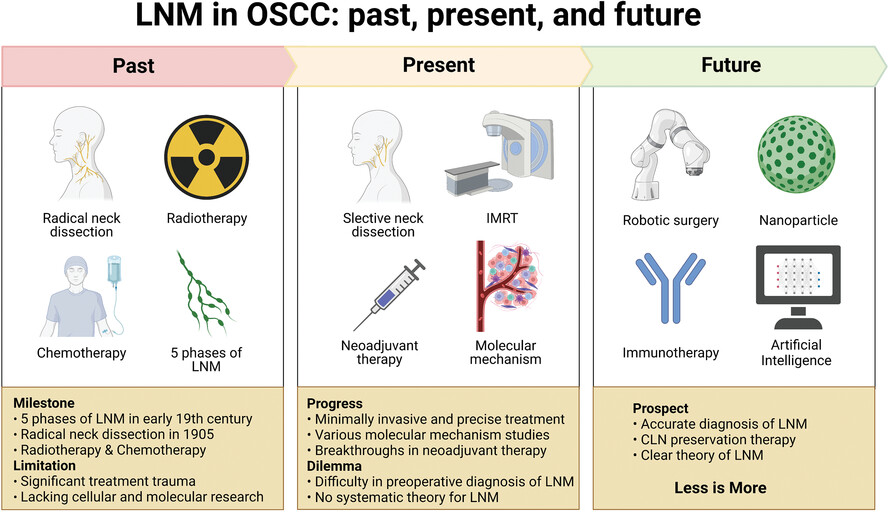
Intrarenal pressure monitoring via flexible and navigable suction ureteral access sheath in retrograde intrarenal surgery: A preclinical animal study and a pilot clinical study
- Clinical and Translational Discovery
- 21 January 2025
Graphical Abstract
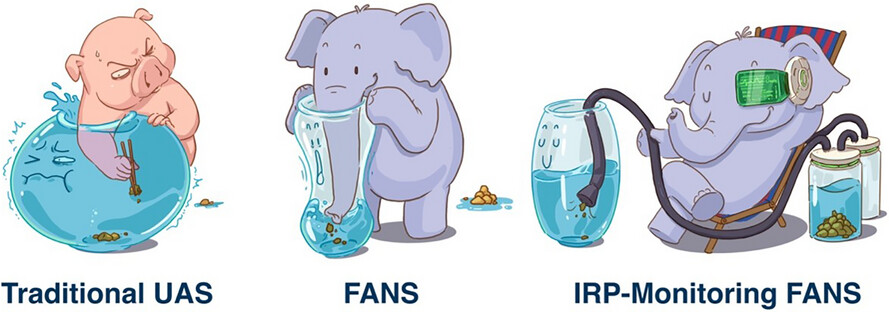
Signature of click chemistry in exosome modification for cancer therapeutic
- Clinical and Translational Discovery
- 2 July 2024
Plant‐derived exosomes: A new frontier in nano‐medicine for cancer and microbial infection therapy
- Clinical and Translational Discovery
- 8 July 2024
Plant‐derived exosomes: A Green Nanomedicine for Cancer
- Clinical and Translational Discovery
- 21 July 2024
Chances and challenges in intranasal administration delivery for brain disease treatment
- Clinical and Translational Discovery
- 15 November 2023
Graphical Abstract
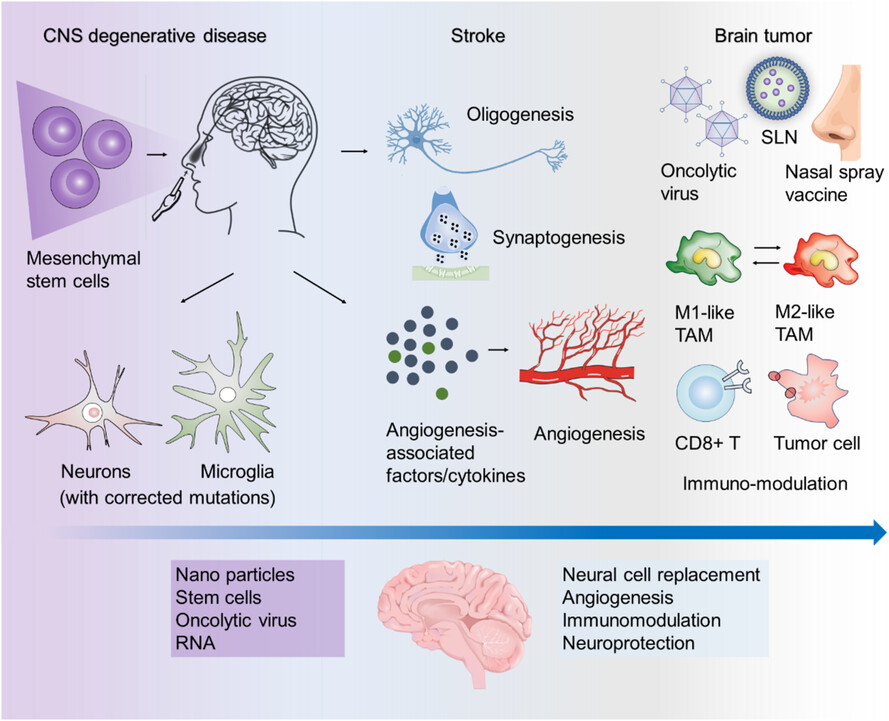
Graphical Highlights
Intranasal administration (INA) has emerged as an unconventional method for drug delivery, offering distinct advantages such as non-invasiveness and enhanced pharmacokinetic characteristics within the brain.
INA route effectively delivers therapeutic agents through the olfactory and/or trigeminal nerve systems.
With introducing appropriate improvements to the drug formulation, such as the incorporation of nanocarriers, the efficacious delivery via the INA approach has gained considerable traction for the treatment of neurological disorders.
With introducing appropriate improvements to the drug formulation, such as the incorporation of nanocarriers, the efficacious delivery via the INA approach has gained considerable traction for the treatment of neurological disorders.
Latest news
Recent issues
- Volume 5, Issue 4August 2025
- Volume 5, Issue 3June 2025
- Volume 5, Issue 2April 2025
- Volume 5, Issue 1February 2025



